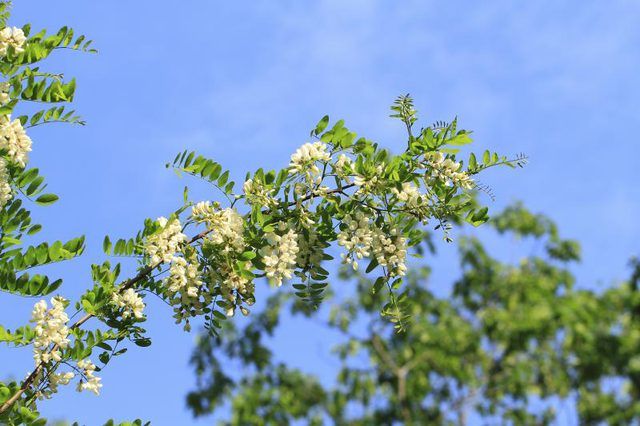Bulbs
Flower Basics
Flower Beds & Specialty Gardens
Flower Garden
Garden Furniture
Garden Gnomes
Garden Seeds
Garden Sheds
Garden Statues
Garden Tools & Supplies
Gardening Basics
Green & Organic
Groundcovers & Vines
Growing Annuals
Growing Basil
Growing Beans
Growing Berries
Growing Blueberries
Growing Cactus
Growing Corn
Growing Cotton
Growing Edibles
Growing Flowers
Growing Garlic
Growing Grapes
Growing Grass
Growing Herbs
Growing Jasmine
Growing Mint
Growing Mushrooms
Orchids
Growing Peanuts
Growing Perennials
Growing Plants
Growing Rosemary
Growing Roses
Growing Strawberries
Growing Sunflowers
Growing Thyme
Growing Tomatoes
Growing Tulips
Growing Vegetables
Herb Basics
Herb Garden
Indoor Growing
Landscaping Basics
Landscaping Patios
Landscaping Plants
Landscaping Shrubs
Landscaping Trees
Landscaping Walks & Pathways
Lawn Basics
Lawn Maintenance
Lawn Mowers
Lawn Ornaments
Lawn Planting
Lawn Tools
Outdoor Growing
Overall Landscape Planning
Pests, Weeds & Problems
Plant Basics
Rock Garden
Rose Garden
Shrubs
Soil
Specialty Gardens
Trees
Vegetable Garden
Yard Maintenance
How to Identify Locust Trees
How to Identify Locust Trees. Identify locust trees (Robinia spp.) by their pendant clusters of fragrant, sweet pea-shaped flowers, which are usually white or pink. And keep an eye out for sharp, straight or forked spines and by their feathery, pinnately compound leaves. Several species of locust trees grow wild in North America and are used for...

Identify locust trees (Robinia spp.) by their pendant clusters of fragrant, sweet pea-shaped flowers, which are usually white or pink. And keep an eye out for sharp, straight or forked spines and by their feathery, pinnately compound leaves. Several species of locust trees grow wild in North America and are used for landscaping. You can tell them apart from each other by the tree's size, the color of its flowers, the shape and color of the pods, and the structure and location of the thorns. Some species have horticultural cultivars.
Honey Locust
It's easy to tell honey locust (Gleditsia triacanthos, hardy in U.S. Department of Agriculture plant hardiness zones 4 through 9) apart from other locusts because it is the tallest species and has the fiercest thorns. Growing from 40 to 80 feet tall, the trunk and larger branches bear stout, branched thorns up to 20 inches long that can cause serious injury. Several thornless cultivars are available. The flowers are greenish-yellow rather than white or pink and are fairly insignificant compared to the showy flowers of other locusts. Honey locust produces the largest, heaviest pods, about 10 to 18 inches long and 1 inch wide. Often the dark brown pods are twisted. Individual leaflets on the pinnately compound leaves are about 1 inch long, and the compound leaves are 7 to 8 inches long.
Black Locust
Identify black locust (Robinia pseudoacacia, hardy in USDA zones 4 through 8) by the 1-inch-long, white, fragrant flowers held in pendant clusters in the late spring. Leathery seed pods are about 2 to 4 inches long and dark red to black. The second tallest locust, it reaches 40 to 70 feet tall. A pair of short, sharp spines occur where the leaf attaches to the stem. Stouter spines are present on the branches and trunk, which are sometimes branched, but they're not as large as honey locust spines. The compound leaves have up to 21 leaflets, which are under 2 inches long. The plant can be invasive.
New Mexico Locust
Distinguish New Mexico locust (Robinia neomexicana, hardy in USDA zones 4 through 8) by its small size, usually around 6 1/2 to 15 feet tall, although they can reach 25 feet high. It has showy, usually pink to red flowers, but white or purplish flowers occur on some trees. Pods are 2 to 4 inches long and have a narrow wing. The compound leaves have nine to 15 leaflets, and the branches have spines at the base of the leaves. Short hairs on the leaflets and branches give a grayish cast to these structures.
Bristly Locust
Tell bristly locust (Robinia hispida, hardy in USDA zones 6 through 11) from other locusts by the conspicuous bristles on the rachis, or stem, of the compound leaves and on the branches and seed pods. It is a shrub to small tree usually 6 to 10 feet tall and wide. The showy spring flowers are rosy pink and fragrant and followed by reddish-brown, bristly, flat seedpods. Native to the southeastern United States, it is invasive in some areas.